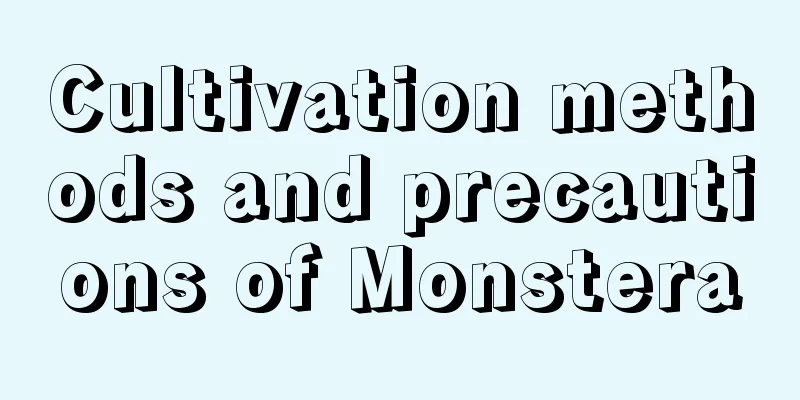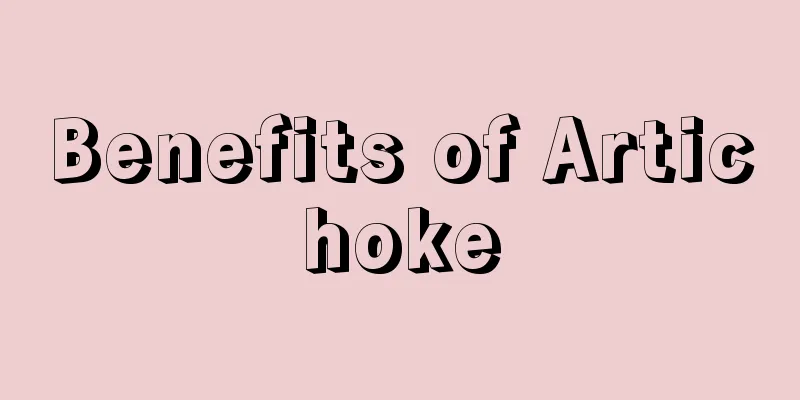Pinellia planting technology and methods

|
Pinellia ternata, also known as wild taro , old stork's eye, three-step jump, wild taro, dry pinellia ternata or three-leaf pinellia ternata, is a perennial herb belonging to the Araceae family. The medicinal part is the tuber of the Pinellia plant, which can be used as a medicine after being scrubbed to remove the outer skin, dried and processed using a specific processing technique. Let’s learn about the planting techniques and methods of Pinellia ternata. 1. Land Selection and Preparation The key to ensuring a good yield of Pinellia ternata is to choose suitable land. Pinellia is a fibrous root herb with a shallow root system, usually not exceeding 20 cm. Therefore, you should choose sandy loam or clay loam with fertile soil, rich organic matter, acidic pH value, loose soil, and good drainage and irrigation conditions. In mountainous areas, semi-shaded slopes are preferred. The previous season's crops should preferably be leguminous or grassy. Avoid using heavy clay and saline-alkali soil to prevent poor tuber growth or seedling death; waterlogged land is also not suitable because it is easy for water to accumulate and cause tuber rot. 2. Reproduction Technology There are three ways to propagate Pinellia ternata: seeds, bulbils and tubers. In actual production, bulbils and tubers are mainly used for propagation. Seed propagation: Collect seeds after the fruits ripen in summer and autumn, and can be sown immediately in summer. Before sowing, prepare the land, dig 2 to 3 cm deep furrows with a row spacing of 10 cm, cover it after sowing, and keep the soil moist. Seedlings will emerge in about 7 to 10 days. If seeds are collected in autumn, they should be stored in wet sandy soil first, and then sown according to the above method in late March of the following year. After the seedlings emerge, remove the plastic film covering. Bulbous propagation: Bulbous usually form on the petiole and may grow underground or above ground depending on the planting depth. The bulbils formed underground are larger, about 1 to 1.5 cm in diameter; those above ground are smaller, about 0.4 to 0.7 cm. In production, bulbils are usually not sown separately. Instead, the soil method is used after the bulbils appear to encourage them to take root and sprout, forming new plants, which saves labor and is beneficial to growth. Tuber propagation: It is the main method of field cultivation and tuber propagation can significantly increase yield. The planting time varies according to the region. South of the Yangtze River, it can be planted in late autumn, while the Huanghuai region is suitable for spring planting. Spring planting should be early, preferably between "Qingzhe" and "Spring Equinox". 3. Planting technology 10 to 15 days before planting, soak the seeds in 5% wood ash solution or 1000 times diluted 50% carbendazim for 2 hours. After drying, germinate in a warm place. When the bud sheaths sprout, dig trenches and plant according to the row spacing and soil covering depth required for planting of different sizes. After planting, spray the ground with sethoxydim solution and then cover the ground with mulch to increase temperature and retain moisture, allowing seedlings to emerge earlier. 4. Field Management It includes mulch management, irrigation and drainage, inter-row cultivation and weeding, straw covering for cooling, soil cultivation and rainy season management. The key is to maintain appropriate soil moisture, prevent drought and over-humidity, weed and cultivate the soil in time, and manage the rainy season in time. 5. Pest and disease control Including the prevention and control of tuber rot, leaf curl, leaf scald and insect pests. Prevention and control methods include choosing high-dry land for planting, seed disinfection, timely removal of diseased plants, crop rotation and the use of pesticides for control. 6. Harvesting and Processing The harvest of pinellia should be timely, and the processing includes removing the skin, washing, sulfur fumigation and drying. Fresh pinellia should be processed in time and the unprocessed parts should be properly stored. When storing seeds, attention should be paid to ventilation and moisture retention in preparation for use next year. In summary, choosing good varieties is the basis for high yield of Pinellia ternata. Peach-leaf and bamboo-leaf types of Pinellia ternata should be selected, which have tall and thick petioles, thick leaves, strong photosynthesis and high yield. Using large tubers as seeds is beneficial to vigorous growth in the seedling stage and the production of more bulbils, thereby increasing yield.
|
<<: Cultivation methods and precautions of Jinyumantang flower
>>: Planting technology and cultivation management of white chrysanthemum
Recommend
When and how to repot jasmine? Which month is the best for repotting?
Jasmine repotting time Jasmine can be repotted al...
How to Water Calla Lilies
1. Principles 1. There is a legend about this flo...
How to plant purple jasmine seeds
Seed collection If you want to grow beautiful pur...
Is Bear's Paw poisonous?
1. Is it toxic? As we have said above, it is a pl...
How to cultivate the snow-blowing pine brocade
Growing conditions of Fubuki no Matsunishi The sn...
What season is suitable for growing coriander?
When planting coriander, you need to choose relat...
What are the five trees and ten flowers that attract ghosts?
1. The tree that attracts ghosts 1. Mulberry tree...
Is Tigerthorn suitable for a large or small pot?
Should I use a large or small pot for Euphorbia m...
How to make the weeping angel grow strong and how to raise it to an old stump
1. How to grow strong 1. Suitable soil: In order ...
How to grow peony
1. Breeding environment 1. Soil: When growing peo...
How to care for cyclamen in winter
Is cyclamen afraid of cold? Cyclamen is afraid of...
Don’t grow these flowers in the summer, or they will die!
Fuchsia Fuchsias are the hardest hit by death in ...
What to do if the leaves of Christmas cactus turn yellow
Yellowing Causes The reason why the leaves of Chr...
Key points and techniques for fertilizing Chinese cabbage (mastering these fertilization techniques is the key)
Cabbage is a traditional Chinese vegetable, and a...
Best time to prune apricot trees
1. Best time to prune It can be pruned all year r...









